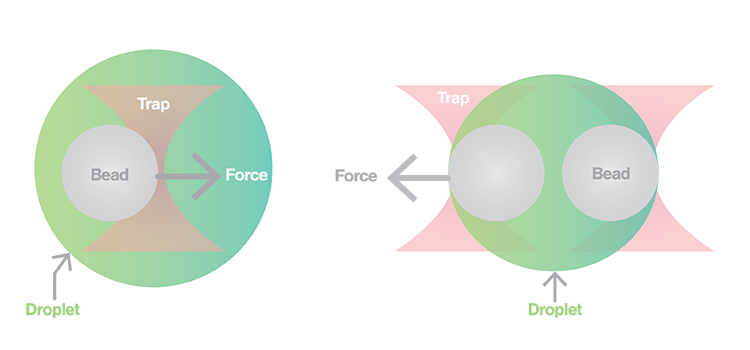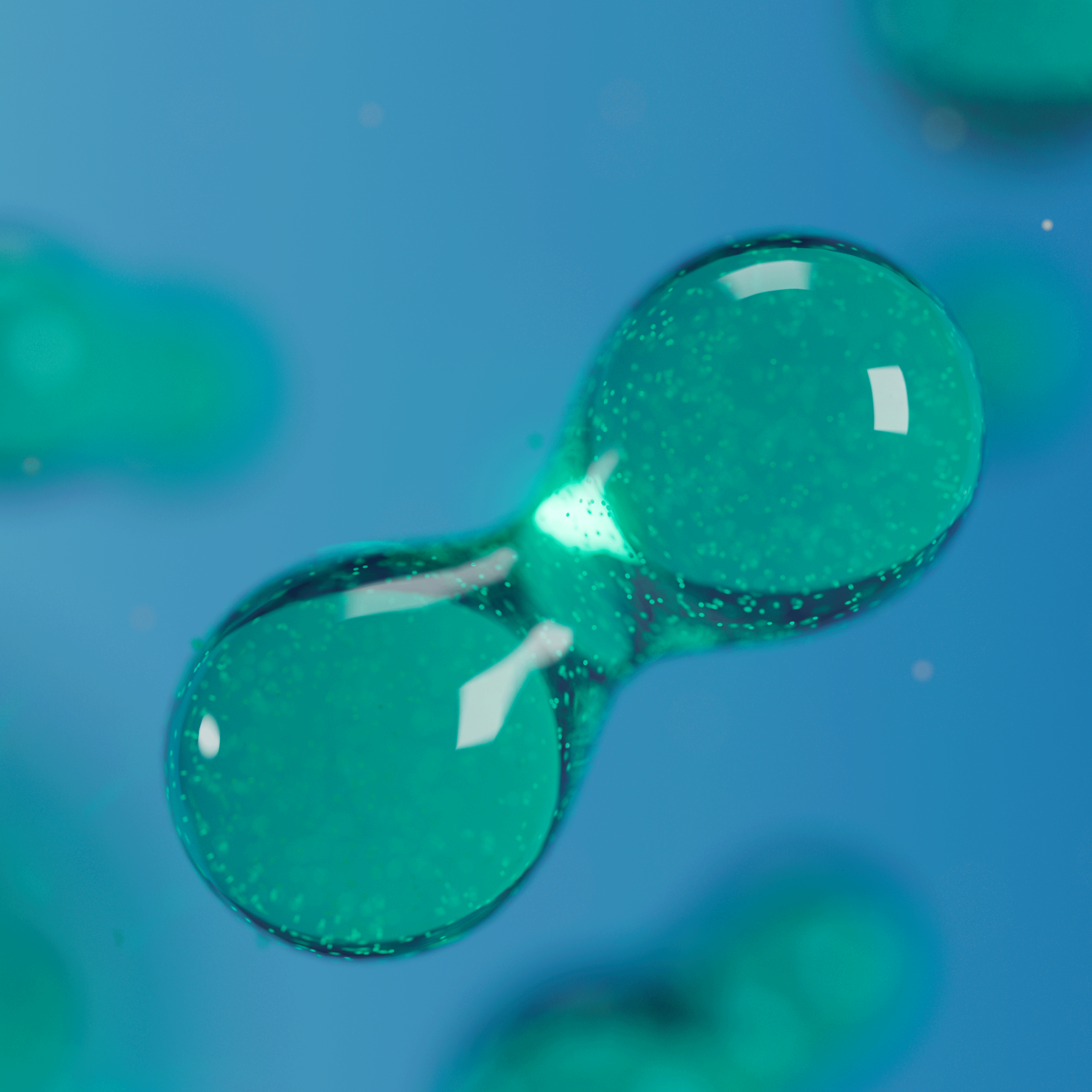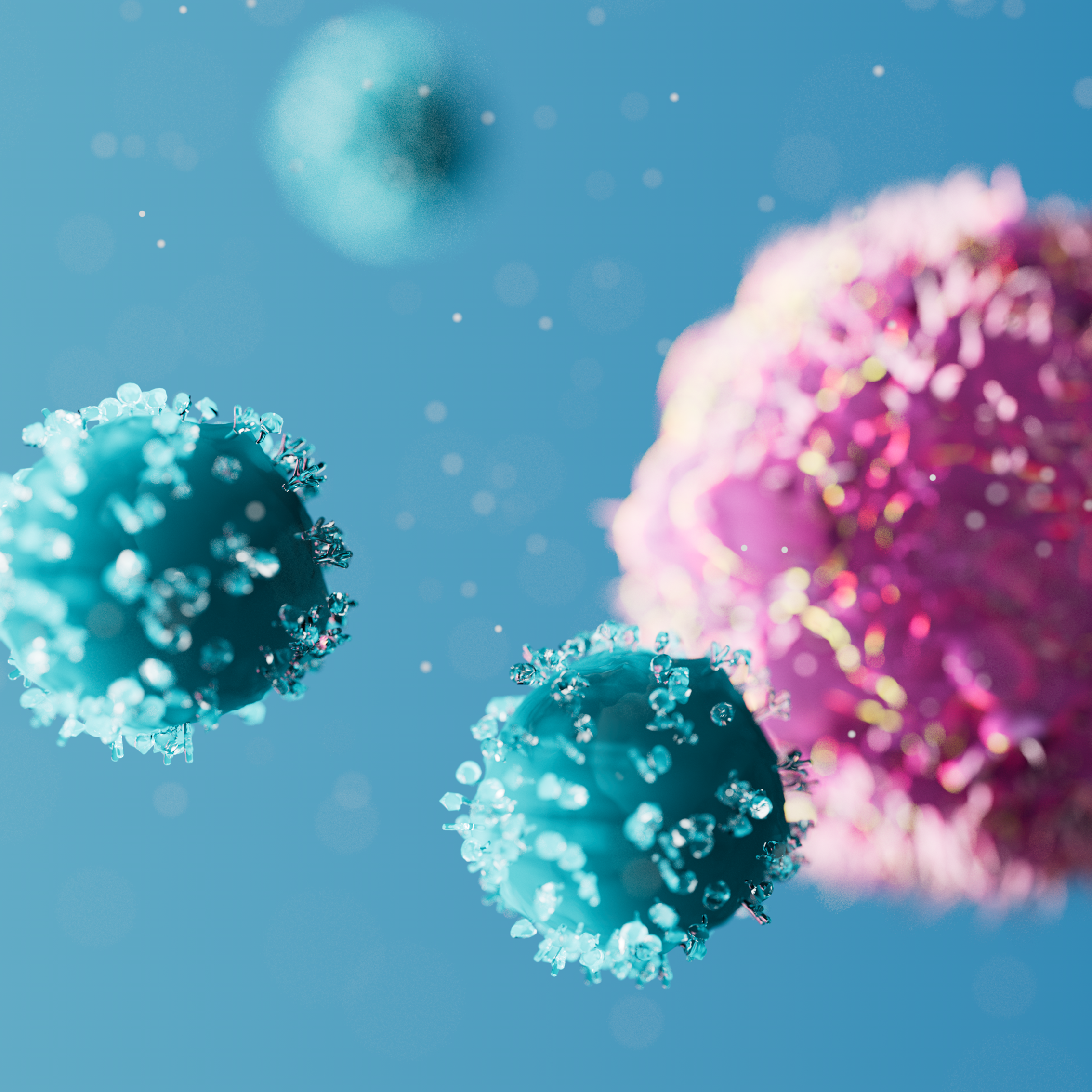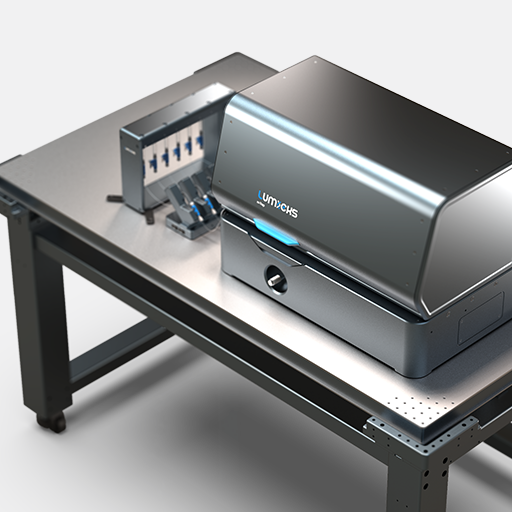In a recent article published in Nature Communications by the group of Huan-Xiang Zhou from the University of Illinois, Dr. Archishman Ghosh and co-workers provided insights into the dynamics of biomolecular condensates. Using LUMICKS’ C-Trap® with a dual-trap optical tweezer configuration they obtained direct evidence showing that phase-separated biopolymer condensates behave as viscoelastic fluids (partly liquid and partly solid), rather than following the viscocapillary model that describes the dynamics of viscous liquids.
Membrane-less molecular condensates, such as stress granules, P granules, and nucleoli, are critical for a range of cellular processes (e.g., the stress response), and their solidification has been linked with neurodegeneration. Hence, it is important to understand the rules that govern their dynamics. Although growing evidence points to the fact that biomolecular condensates behave as viscoelastic fluids, in which shear relaxation occurs at a finite rate, so far, their fusion has only been modelled on viscous liquids where shear relaxation is instantaneous.
In this study, the researchers analyzed the fusion dynamics of diverse types of condensates, produced by combining different polymers. These spanned from fully structured biopolymers to fully disordered ones, and included macromolecules with fully ordered and disordered domains, to exemplify biological condensates.
Using a C-trap-based technique in which an optically trapped bead is oscillating within the droplets, Ghosh and colleagues showed that the shear relaxation moduli fit well with the Burgers model for linear viscoelasticity, confirming that these biomolecular condensates behave as viscoelastic fluids. The viscosities of the four mixtures correlates with the degree of compactness of the macromolecules, being higher in condensates that contain structurally ordered domains and therefore tend to pack and lower in disordered molecules. When it comes to reconfiguration time (the rearrangement of the molecules is the main mode of shear relaxation), condensates containing structured domains exhibited the longest relaxation time. On the other hand, condensates formed by a mix of ordered and disordered domains had a shorter relaxation time. To measure interfacial tension, droplets were suspended by two trapped beads at opposite sides – one trap was fixed and the other one pulled away. The results highlight that interfacial tension follows the same pattern of viscosity.
Taken together, their results challenge the accuracy of the viscocapillary model in predicting condensate behavior. “Shear relaxation provides the governing measure of condensate dynamics,” the authors concluded.
This study is a great example of how the unique capabilities of the C-Trap can be used to manipulate and control individual droplets and measure their physical properties, such as viscoelasticity, directly. Ultimately, such measurements can contribute to our understanding of the behavior of biomolecular condensates and their solidification, which has been linked to human disease.
If you are intrigued by this study and would like to find out more, then check out the full article titled “Shear relaxation governs fusion dynamics of biomolecular condensates,” published in Nature Communications.
Are you interested in using the C-Trap for your own research on biomolecular condensate dynamics? Do not hesitate to contact us for more information, a demo, or a quote.
Top image adapted from Archischman et al., Nat. Commun., 2021.
Creative Commons licence: https://creativecommons.org/licenses/by/4.0/






